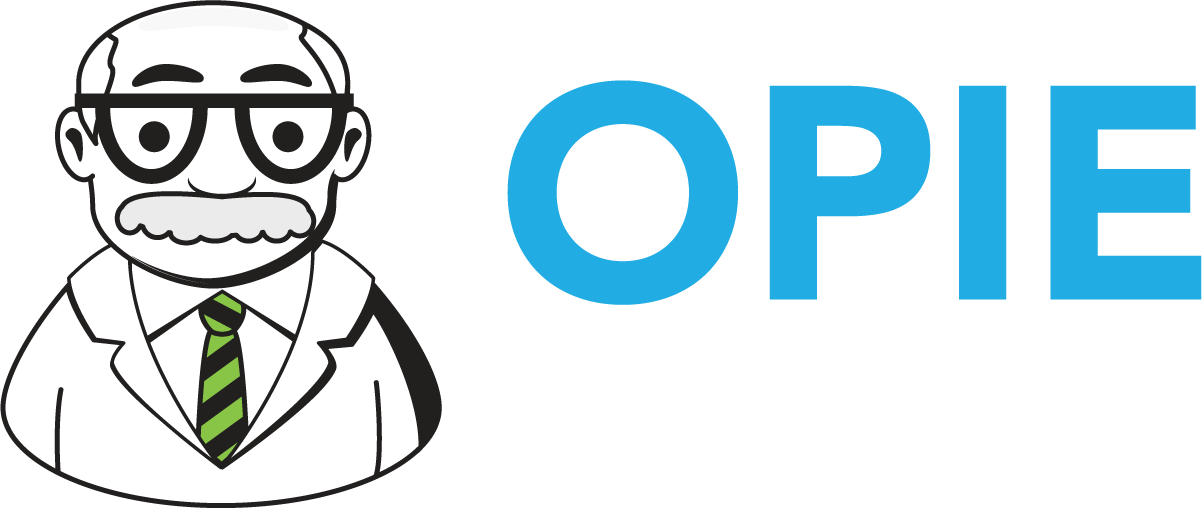Know Thyself
Leadership in O&P doesn’t purely rest on credentials or clinical expertise — it’s revealed in how we show up every single day. As Simone Ross insightfully writes in Three Agreements for Becoming a Better Leader (Chief Executive, 2025), the biggest threat to leadership isn’t artificial intelligence, reimbursement pressures, or staffing shortages — it’s the incomplete version of ourselves we bring to work. That hits home for any clinician-turned-leader navigating the complexities of people, processes, and self.
Healthcare’s pressures — regulatory change, burnout, hybrid work, and the constant tension between compassion and efficiency — require more from leaders than procedural skill. It’s emotional intelligence, curiosity, and the courage to face blind spots that define whether our teams thrive or fracture. As I’ve shared before in my blog The Emotional Labor of Leadership, these are the qualities that separate management from mentorship.
Ross outlines what she calls The Three Agreements for personal transformation that strengthens professional effectiveness: Know Thyself. See Thyself. Be Thyself. Let’s look at how each applies to O&P practice leadership in real, actionable ways.
Know Thyself
The first agreement demands reflection deeper than what’s listed in our résumés. It’s about naming our real values — what truly shapes how we lead, make decisions, and respond under pressure.
In healthcare, especially among O&P clinicians, this self-knowledge can make or break a team culture. For example, if accountability is one of your core values, you may feel upset when someone misses documentation deadlines. The easy reaction might be frustration — but pause and ask: Why does this challenge me so deeply?
Ross points out how our emotional patterns often trace back long before our professional lives. Recognizing that truth isn’t indulgent — it’s liberating. It allows us to lead without projecting old frustrations into new contexts.
One leadership principle I emphasize in my blog Values Over Velocity is that alignment matters more than acceleration. When you understand what you value — authenticity, empathy, consistency — you set a pace that brings your team along rather than leaving them behind.
The call to “Know Thyself” isn’t theoretical. It’s the groundwork that ensures your leadership decisions are grounded in integrity, not reaction. And knowing thyself is a critical element of setting your organization’s value statement.
See Thyself
Most of us think we know how others perceive us — but as Ross reminds us, the real growth happens when we ask, “Do I truly listen to what they say—or don’t say?”
In clinical and operational teams, leaders must bridge the silence. When staff stop bringing you concerns, it’s not always because everything is fine; it’s often because they no longer believe you want to hear them.
Ross shares how her team avoided sharing project challenges because she “always seemed to have it all together.” That’s a mirror moment. O&P leaders often adopt that same posture — confident, composed, solution-oriented — but the unintended consequence is emotional distance. People hide their struggles to avoid disappointing someone they respect.
The antidote? Create spaces for truth. This may involve structured 360 reviews or more informal debriefings where team members can safely speak to what’s working and what isn’t. Listening with openness, not just intent to fix, builds trust.
I explore this in my blog Feedback as a Leadership Practice, where transparent feedback loops transformed performance reviews into relationship-building tools. That same courage to “see yourself” reframes leadership from control to connection.
When you begin asking, “What am I not hearing—and why?” you’re not merely managing people; you’re modeling vulnerability. And that, in healthcare, is what humanizes leadership amidst the grind of metrics and mandates.
Be Thyself
The final agreement challenges leaders to integrate what they’ve learned into how they live their values — consistently and publicly. Ross writes about facing layoffs with transparency and compassion, embodying her principles of accountability, authenticity, creativity, collaboration, and joy.
In O&P, this is where leadership meets humanity. When budgets tighten or workflow changes roll out, being yourself means leading with both honesty and heart. Aligning staff realignments, quality improvement, or operational shifts with authentic communication transforms disruption into shared purpose.
If “Know Thyself” builds clarity and “See Thyself” cultivates humility, “Be Thyself” sustains trust. It’s the difference between managing tasks and inspiring transformation.
In the blog Leading Through Change Without Losing Culture, I unpack how authentic leadership — especially in times of organizational restructuring — preserves the core of what makes healthcare teams resilient. The takeaway: when authenticity drives decisions, empathy becomes operational.
Ross’s framework closes with a powerful truth — that leadership is not a static identity but an ongoing evaluation of who we are becoming. She reminds us to revisit what authenticity looks like over time because leadership evolves as we do.
That’s particularly relevant in O&P, where professional development is constant and emotional fatigue is real. Being yourself doesn’t mean perfect alignment at all times — it means daily recalibration toward your purpose, not just your position.
A Continuous Practice
The “Three Agreements” are deceptively simple, but they require continuous courage — the courage to confront how your habits, assumptions, and environments shape your leadership.
For O&P leaders, especially those moving from direct service into management, this journey often parallels professional identity transformation. Just as clinicians use reflective practice to improve patient outcomes, leaders must use self-reflection to improve team performance and workplace well-being.
The beauty of Ross’s approach is that it doesn’t separate personal growth from professional impact. Leadership in healthcare isn’t just about compliance and KPIs — it’s about creating environments where people can thrive because their leaders are doing the inner work.
When we know ourselves, we lead with clarity.
When we see ourselves, we lead with humility.
When we are ourselves, we lead with integrity.
That’s how leaders in O&P move from managing patients to cultivating cultures of trust, innovation, and compassion.
And ultimately, that’s how we become the kind of leaders our teams—and our patients—deserve.

